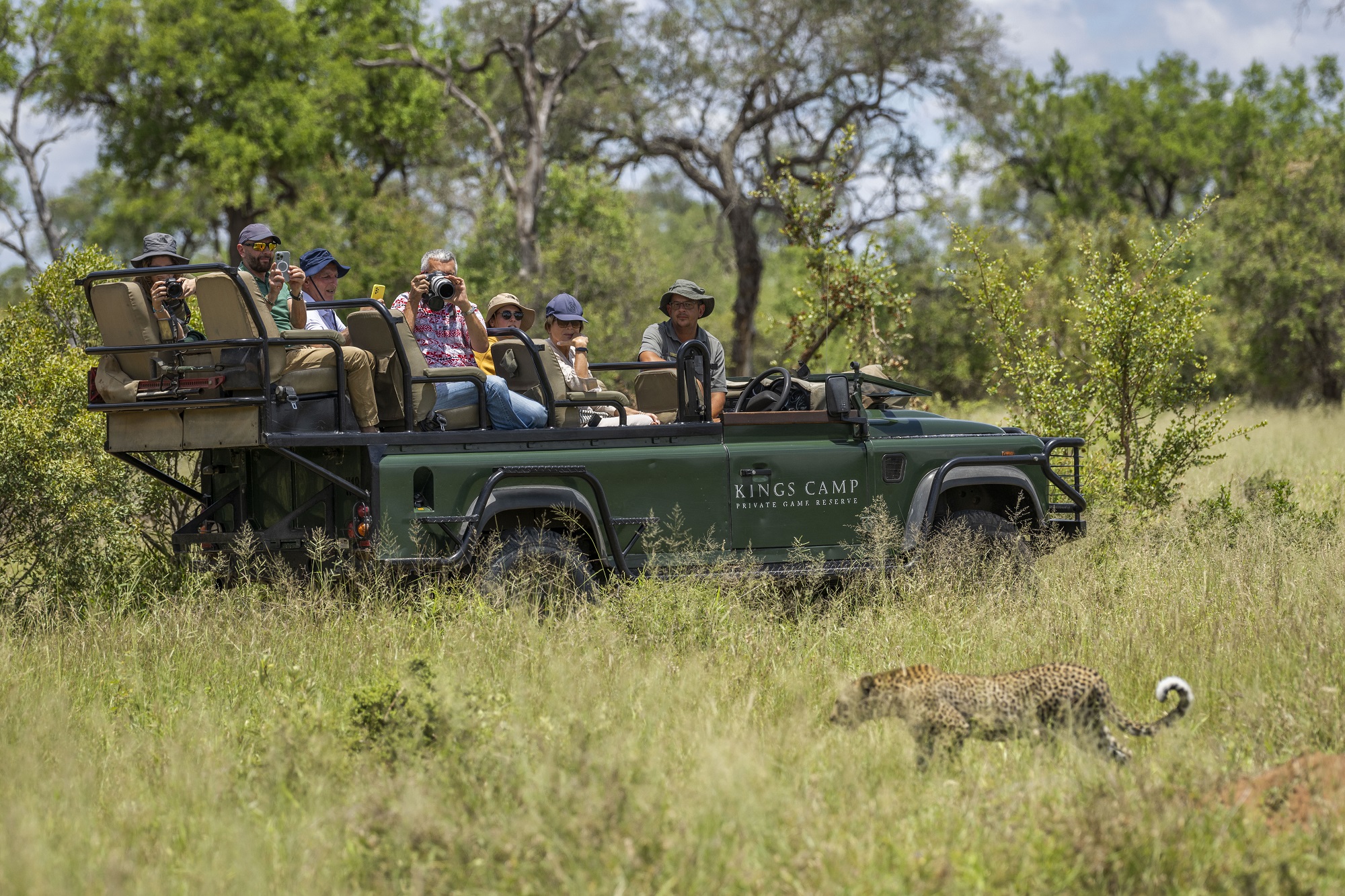10 things you didn’t know about Leopards
One of the famous Big 5, leopards are one of the highlights of a game viewing safari in South Africa. Unfortunately, they’re also one of the most elusive cats in the Animal Kingdom and thus, the hardest to see. Here are 10 things you may not know about leopards.
1. They can see 7 times better in the dark than humans
Like most animals, the pupil of a leopard’s eye constricts or dilates according to the amount of light that enters the eyes. Because of their adapted retinas, leopards can see seven times better in the dark than humans, making them exceptional nocturnal hunters.
2. Their tail is almost as long as their body
Leopards make use of their very long tails for a variety of different functions such as expressing their mood, as a form of communication and for enhanced movement. Their prehensile-like tails act like an additional limb, allowing leopards to increase their balance when climbing and giving more ability to turn sharply when chasing prey, like a rudder.
3. They are the most widely distributed cat in Africa
Although difficult to spot on safari, leopard numbers are said to be higher than any other big cat species in Africa. Leopards can be found in a variety of habitats ranging from desert to equatorial forests, high mountains to coastal regions, although they prefers woodlands or grasslands. Leopards have also been spotted on the outskirts of large cities like Harare, Johannesburg and Nairobi. They are found throughout sub-Saharan Africa, as well as in Russia, China, India, Sri Lanka and in Southwest Asia.
4. They are solitary creatures
Leopards are solitary animals, preferring to live alone for most of their lives. Exceptions to this rule include when a mother rears her cubs, when males and females mate and when males come into contact with rivals, as seen above.
5. They will eat almost anything
A leopard’s prey options are surprisingly wide and can include antelopes, baboons, rodents, carrion, fish, reptiles, birds, hares, hyraxes, warthogs, monkeys and porcupines. Leopards often drags the killed prey into trees to prevent it from being stolen by lions and hyenas. Leopards often drag carcasses up into trees away from other predators. They can carry up to 3 times their body weight.
6. They are born with blue eyes
Leopard cubs are born blind and their eyes only open after a few days – bright blue in colour. Their mother usually hides them in a secret den for the first few weeks of life. The cubs are also born without a clearly spotted coat, the iconic spots only begin to develop after a few days.
7. They mate for a really long time
Leopards and lions have very similar mating rituals which, on average, has them mating every 15 minutes for up to 5 days. This means that they can mate more than 250 times and there is good reason behind this. Unlike humans, female leopards require a stimulus to start ovulation. The non-stop affair stimulates the female to ovulate and as the mating ritual continues she will produce eggs.
8. Pound for pound, the strongest cats in the Animal Kingdom
Pound for pound, leopards are the strongest cats in Africa. Even though they are the smallest of the ‘big cats’ They are so strong, they have the ability to hoist a carcass of up to 50kg into a tree.
9. Black leopards exist
Not to be confused with panthers, there are also black leopards that can be found in Africa. Black leopards have a rosette pattern on their fur while black panthers are completely black. The difference in colour is not indicative of a separate sub-species, but rather dominance of the dark-coloured pigment melanin in the skin (basically the opposite of albinism).
10. They are expert navigators
Leopards have astonishing navigation powers and an incredibly strong homing device. Their ability to orientate themselves, makes it very tricky to relocate these animals, as they often will return to the same areas.
For more information about where to see leopards on safari, please don’t hesitate to contact our reservations team for a quote to stay at Kings Camp in the Timbavati. We look forward to welcoming you to the Lowveld of South Africa.
Image credits:
Field guide, Neil Coetzer
Cathan Moore
Vicky Reed





